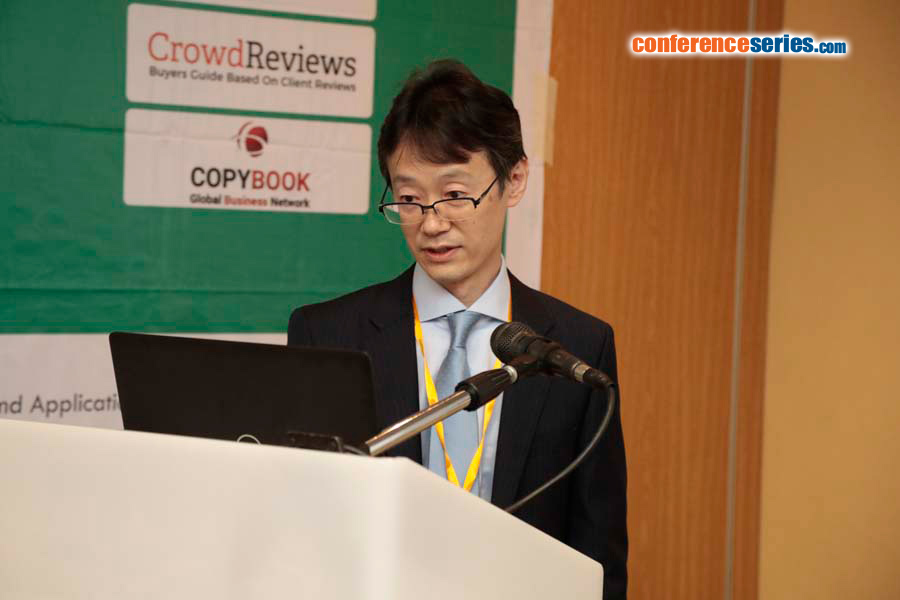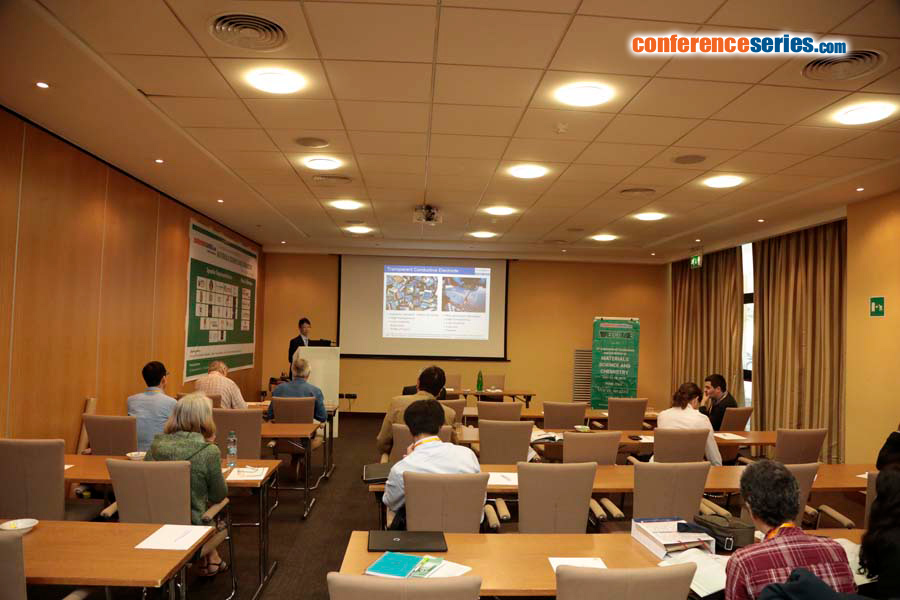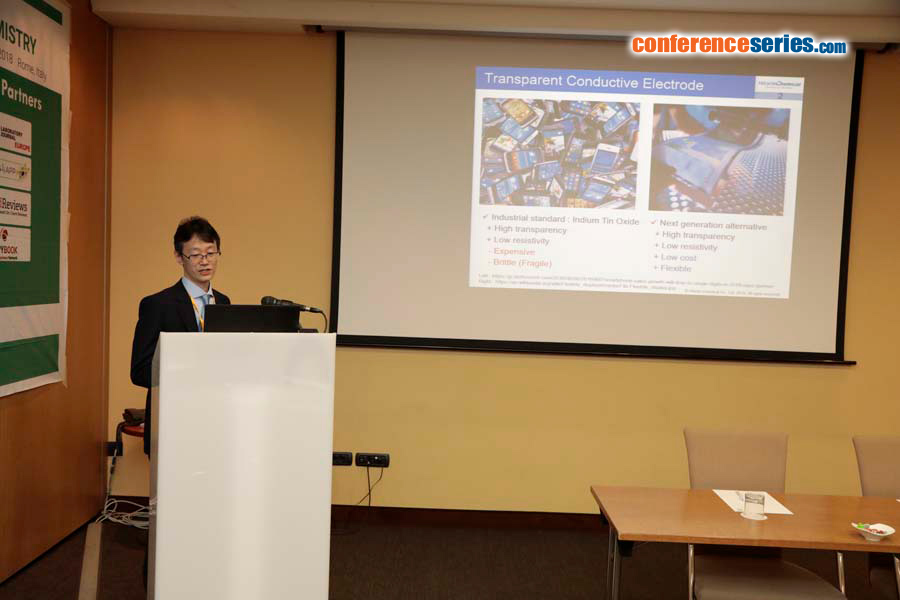
Takeo Tomiyama
Hitachi Chemical Co., Ltd., Japan
Title: Optical anisotropy studies of silver nanowire/polymer composite films
Biography
Biography: Takeo Tomiyama
Abstract
Silver nanowire (AgNW) networks are one of the promising candidates as a next-generation transparent electrode material, given their high optical transparency and low electrical resistivity. AgNW networks based transparent conductive film can be fabricated by cost effective wet coating methods and exhibits better flexibility than the widely used indium tin oxide. The optical and electrical properties of AgNW networks have been extensively investigated in the past decade, both experimentally and theoretically. Previous researchers have discussed some aspects of optical properties such as transparency and haze, but have not presented a comprehensive study concerning optical constants (refractive index n and extinction coefficient k) of the AgNWs network. We have developed an AgNW/photosensitive polymer composite film that allows conductive patterning on a range of base materials. The composite films fabricated by roll-to-roll die coating exhibited optical and electrical anisotropy depending on the coating conditions. These problems motivated us to study the relation between the optical anisotropy, the electrical anisotropy and the orientation of AgNWs in the polymer matrix. To clarify the relation between the optical anisotropy, the electrical anisotropy and the orientation of AgNWs, the orthogonal optical constants of the composite films were determined by Mueller matrix spectroscopic ellipsometry. The orthogonal optical constants revealed the plasmonic natures of AgNW ensembles, and their anisotropy is correlated to the morphology of the composite film, where the long axis of AgNW is preferably oriented in the lengthwise film direction. We have demonstrated that the ellipsometric data analysis used in this study is effective to gain insight into the anisotropic optical properties of metal nanowires networks.





